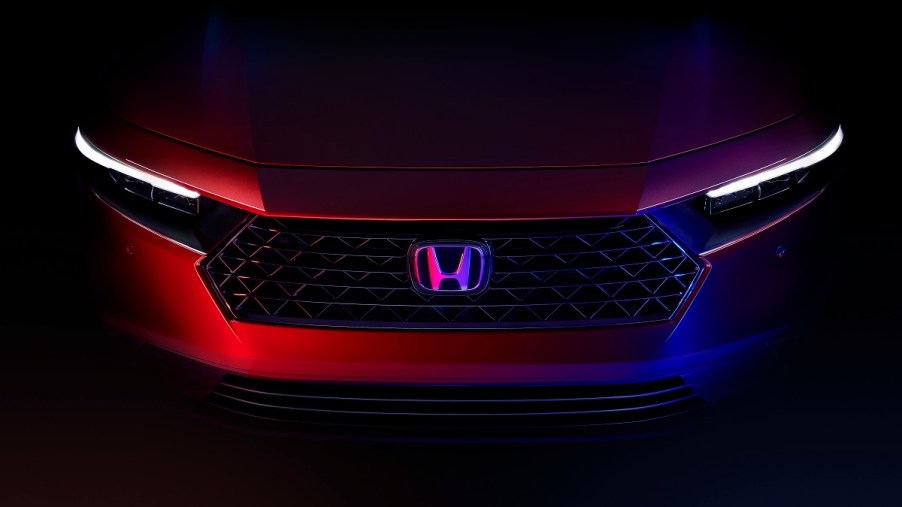
Honda’s Fumbled Production Is Catching up With Them
With the pandemic and remnants of automotive production line shutdowns in the review mirror, it feels like vehicle production is returning to normal. But as the various car manufacturers share their year-end numbers for 2022, it’s clear that a couple are still struggling to rebound. Honda’s fumbled production hiccups are still waning on today’s production numbers.
But is it a slow-to-recover problem, or is a decline in market share to blame? Whatever it is, it’s catching up to the Japanese automaker, putting pressure on the team to make 2023 a great production year. These are the Honda numbers and deficits to know as you decide whether or not you think Honda can turn things around.
A look at Honda’s production numbers from 2022
To really understand what kind of hardship Honda is enduring right now, it’s important to look at more than just a few years’ worth of data. Statista shares metrics and actual passenger car production numbers for Honda, dating back to 2013. And as of last October, the automaker’s production levels were at an all-time low, with only 3.28 million cars.
In 2021, production for Honda hit 4.14 million. And before the pandemic, 2017 and 2018 demonstrated passenger cars produced numbers well into the 5.24 million and 5.36 million, respectively.
What these numbers really show is that Honda not only was hit hard in 2020 and 2021, production-wise. It also demonstrates the Japanese automaker has significantly struggled to rebound.
Though other automakers experienced similar setbacks and production line shuttering in 2020, Honda’s competition seems to be bouncing back at a much higher rate. So, what’s stalling Honda’s production?
Losing market share
Honda could be struggling to surge back to pre-pandemic production numbers because it’s losing market share. In a recent tweet by CarDealershipGuy, Honda’s drop in market share was a staggering -2.7%. In comparison, some of the other biggest market share deficits are with Nissan. But even Nissan’s decline was lower than Honda, at -1.3%.
A few other perspectives emerge when exploring some of the Twitter thread’s comments. Some consumers say auto production struggles are felt across the board because of the microchip shortages. Others cite the supply chain hiccups.
But there are some hints that Honda is failing to capture the consumer’s affection like it once did. One Twitter user responded in the thread, saying, “makes me really sad that Honda is in this bucket. My family really loved their cars. But the new models are just too boring/uninspiring.”
Can Honda turn production woes around?
So, the question remains, can Honda turn things around? Since the production woes are independent of the potential loss in market share and independent of each other, one could speculate that solving some of the current production problems would be enough to make a difference.
And with more vehicles rolling off the line, it’s possible that Honda could regain some of its market share as a direct result. Only 2023 will tell if Honda can eliminate the roadblocks it experienced in previous production years and return to a boost in productivity.
Honda could continue to iron out the production line wrinkles that still seemed to plague its numbers for 2022. And let’s not forget just how impressive the Honda lineup is for 2023, including the popular HR-V, the Fit, the fan-favorite Civic, and the crowd-pleasing and reliable Accord.
Most suggest it can take years to return to a normal production level, considering all the various production-related issues the automaker industry has faced in recent years. It may just be taking Honda a little longer to circle the wagons. In the long run, the outlook looks good for Honda despite the dismal production in 2022.


